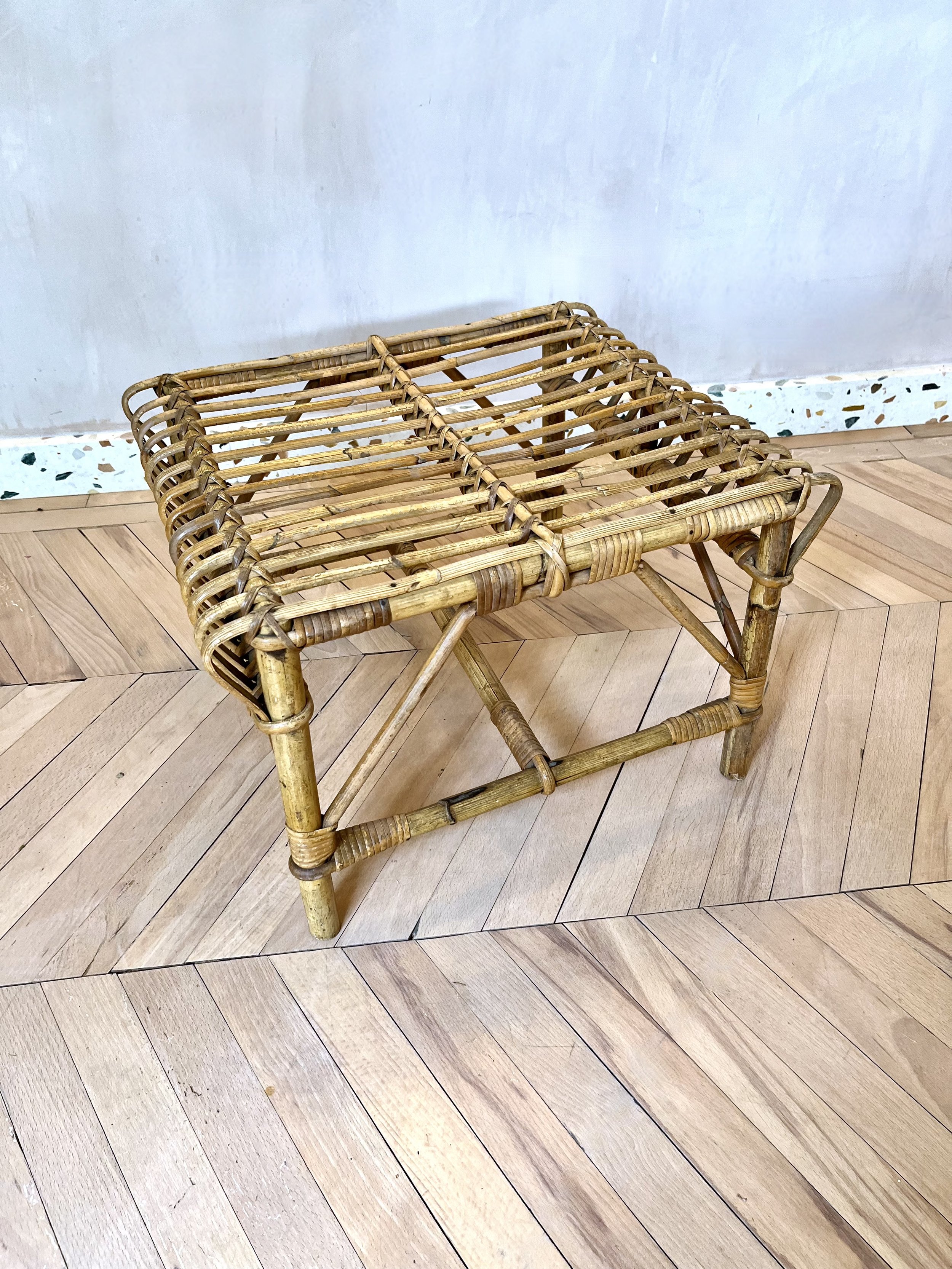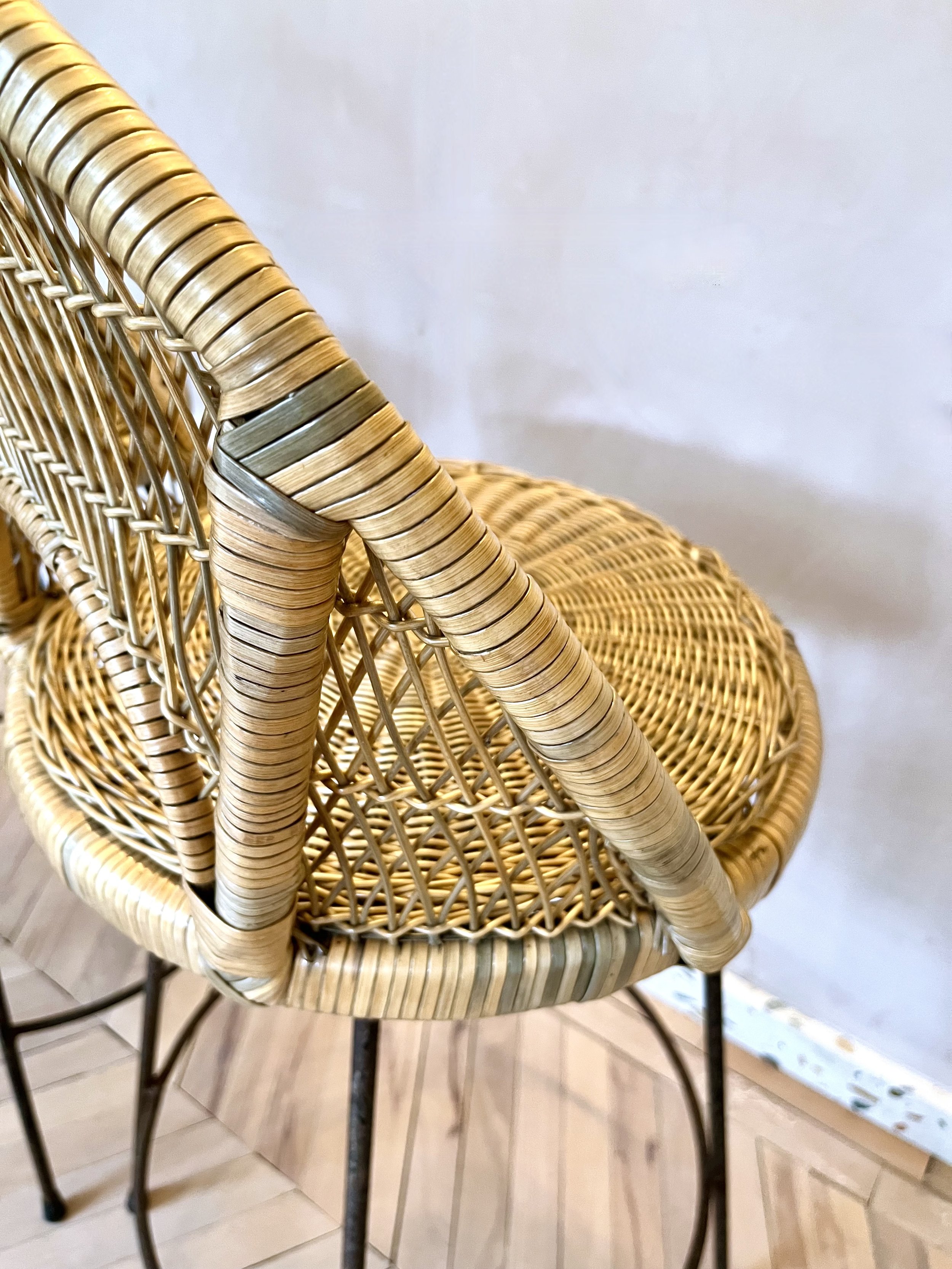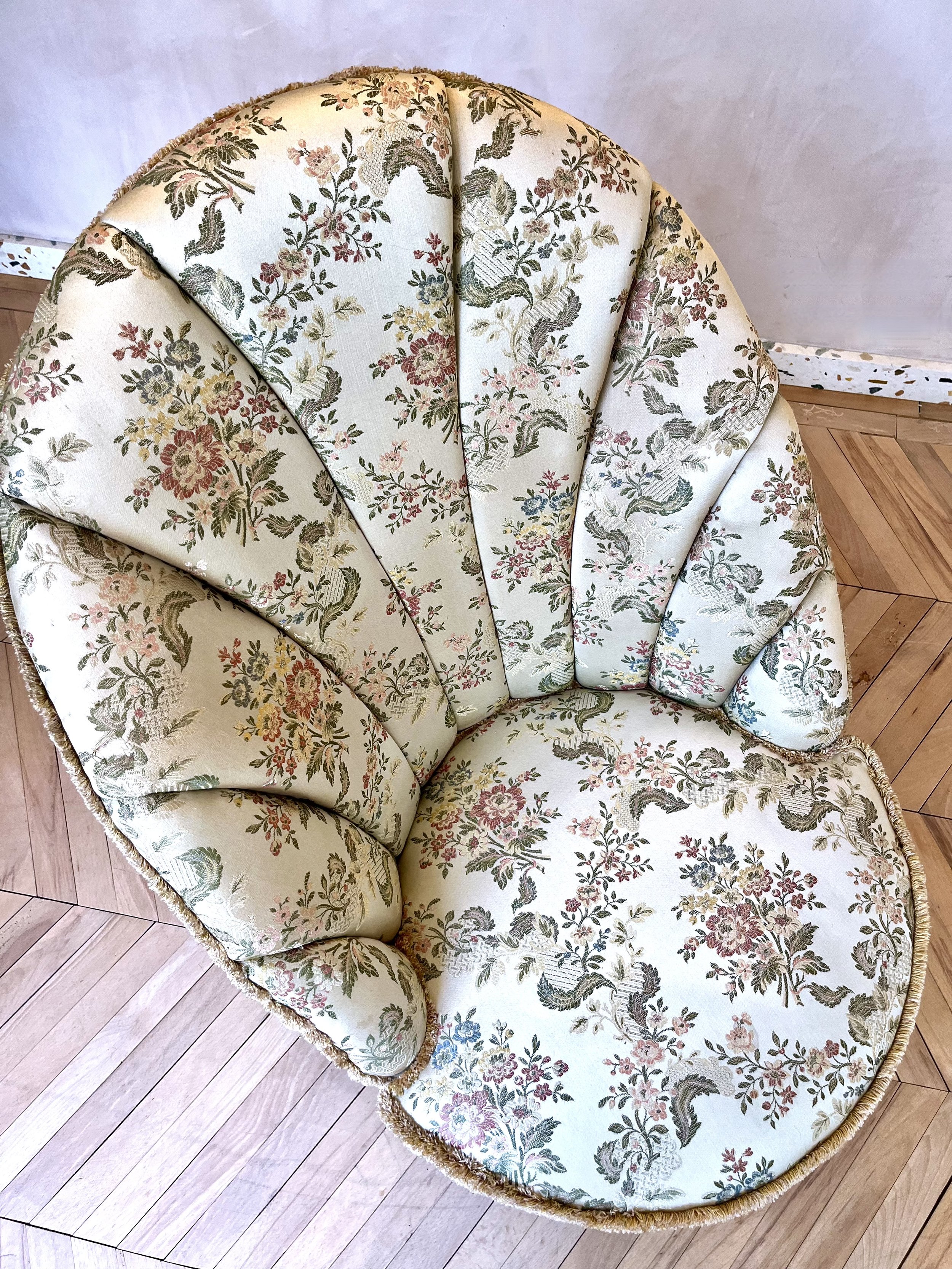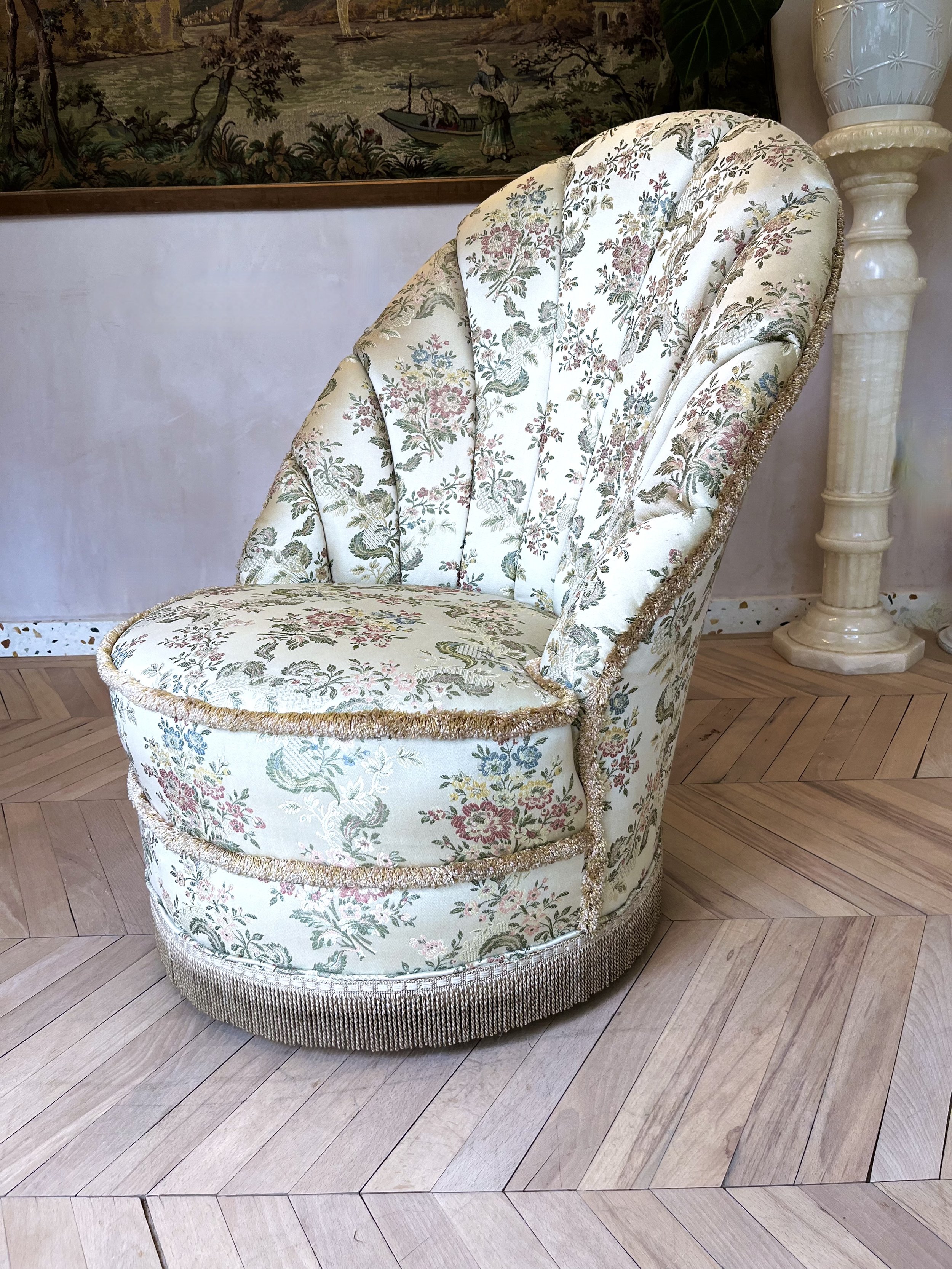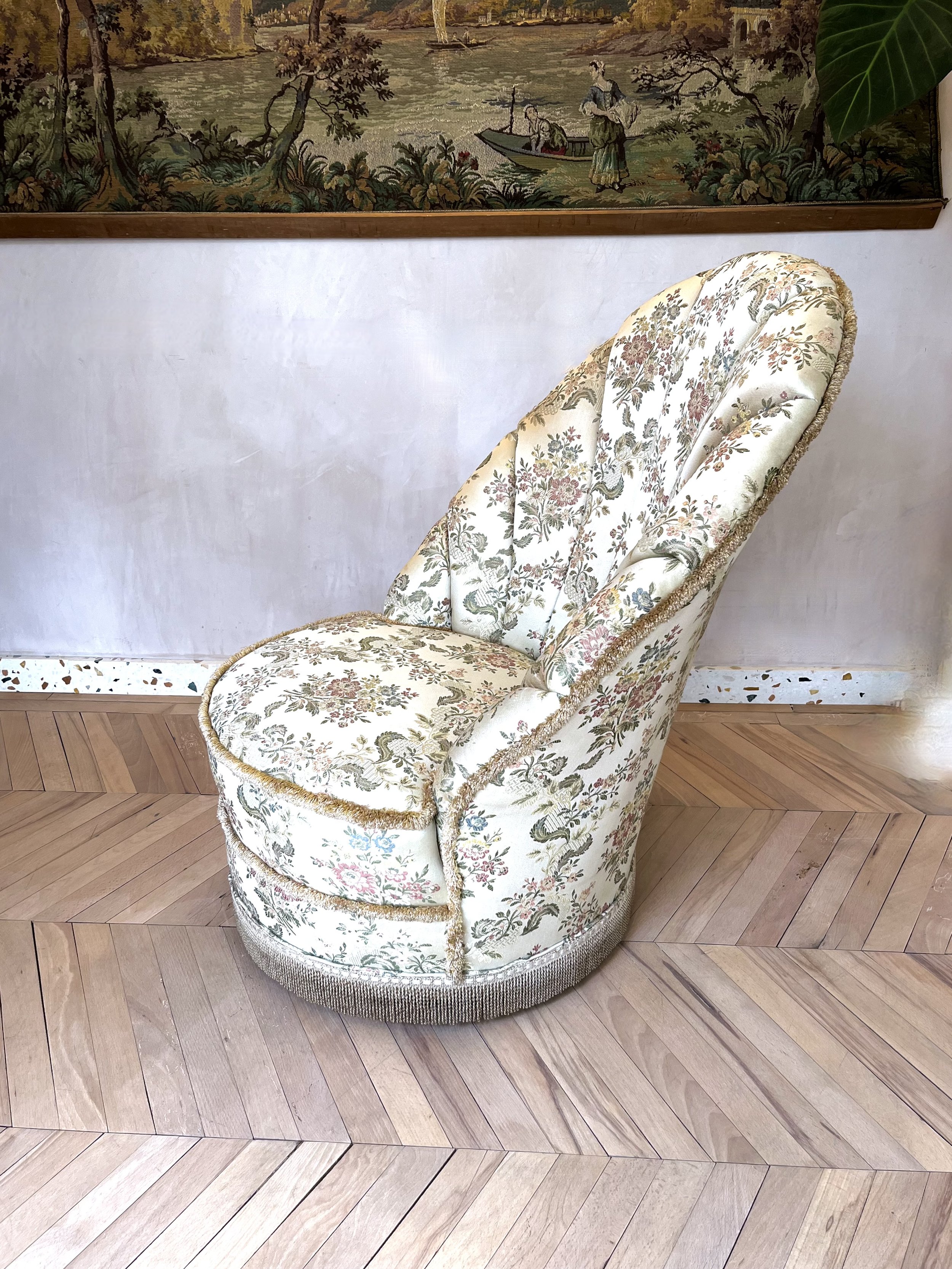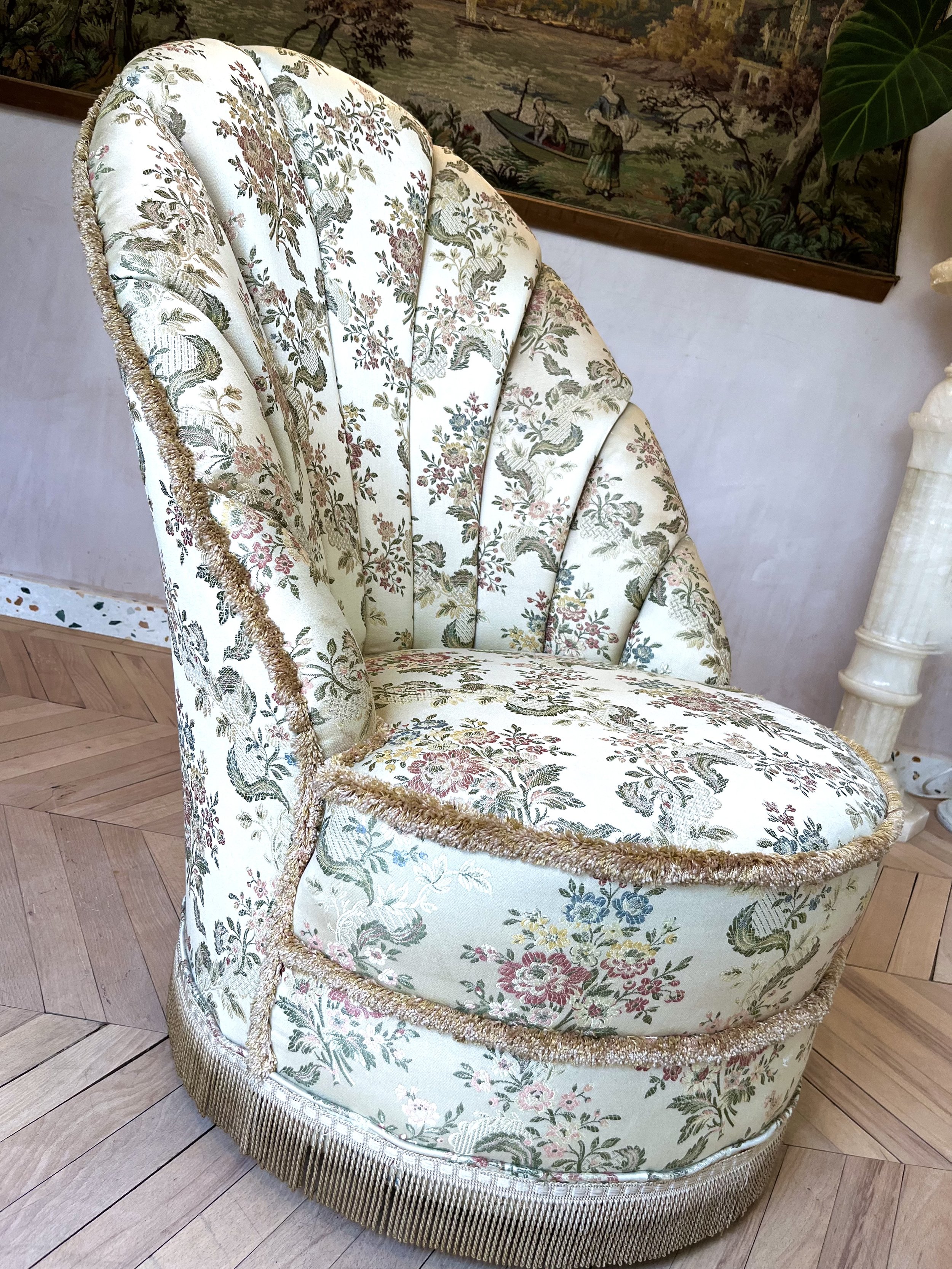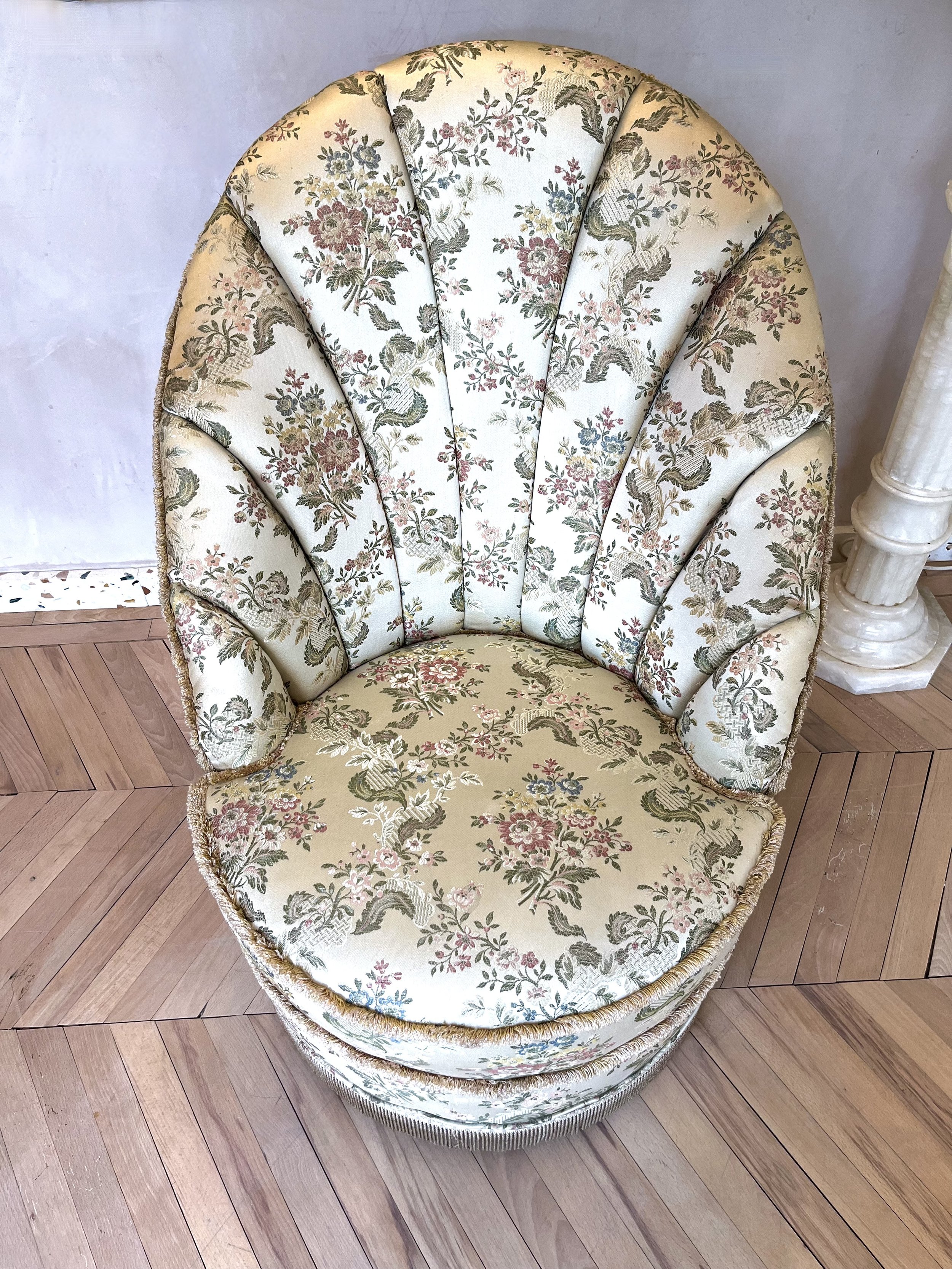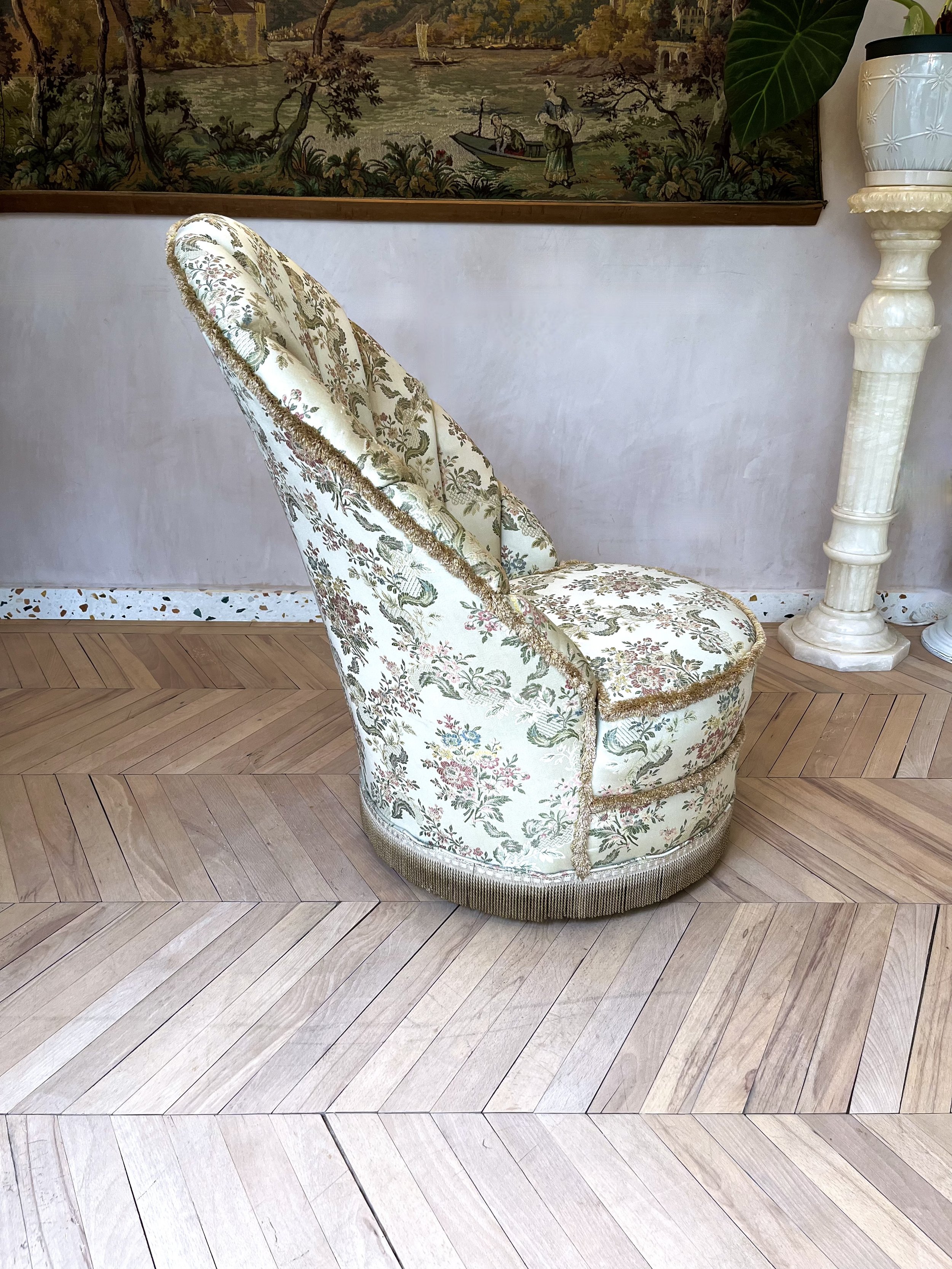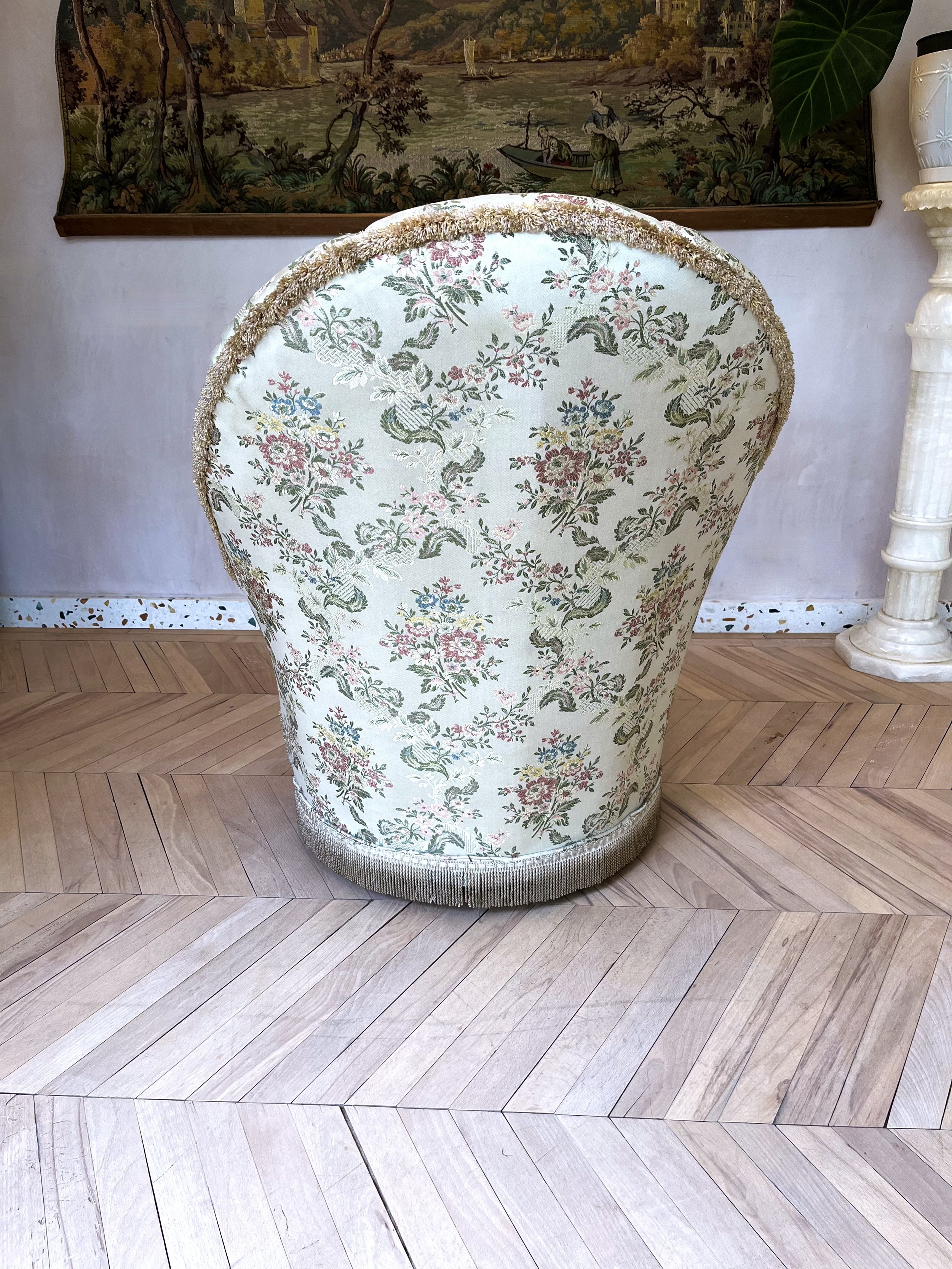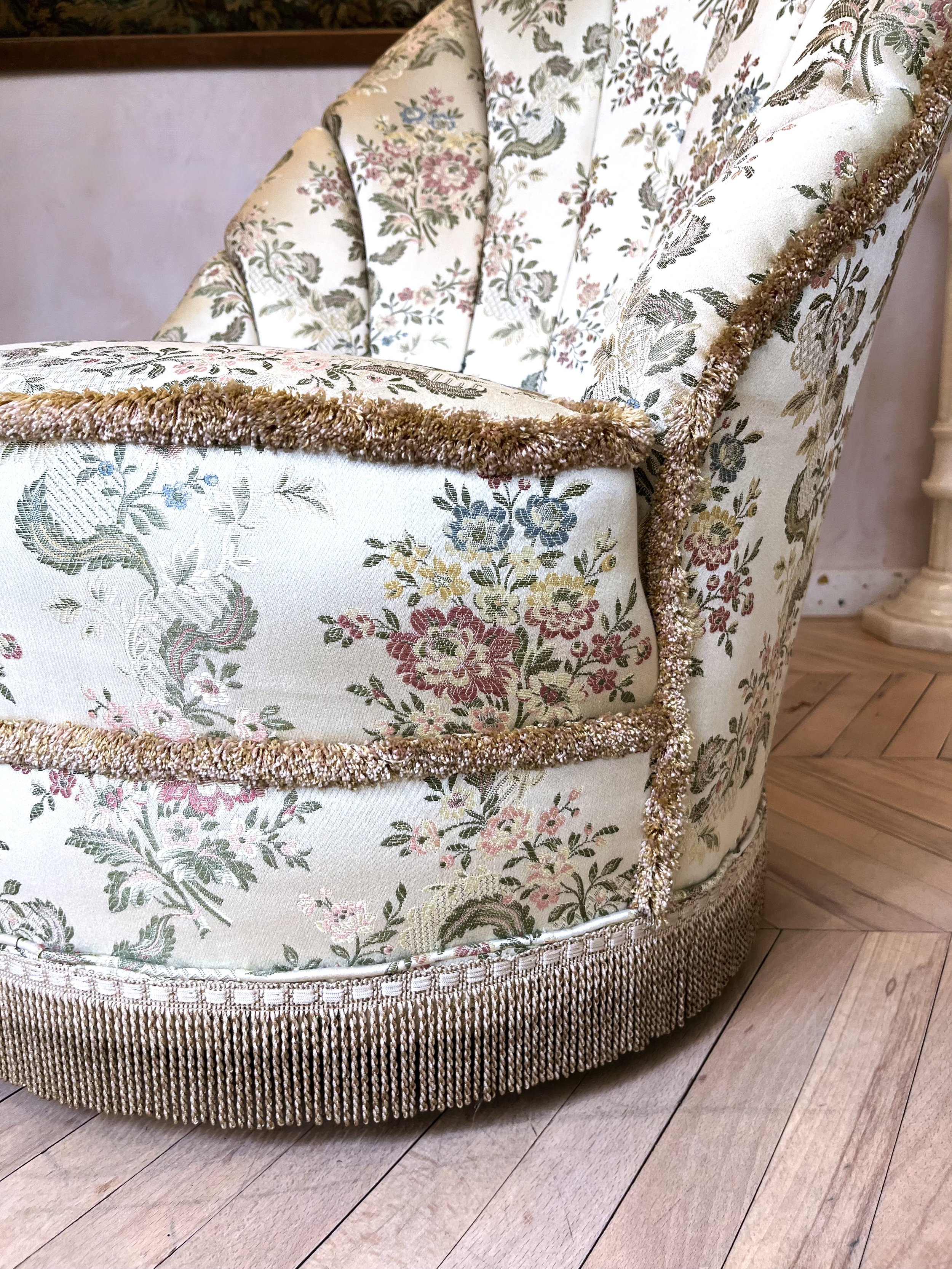Antique Bauhaus- Style Woven Rattan Two Seater Chair
Extremely rare Bauhaus-style woven rattan two seater chair in the style of Erich Dieckmann. With its woven cane herringbone design back and seat, framed by bamboo and curved detail arms. This truly is a beautiful piece of historic furniture!
This stunning piece is hard to date, and could be from anywhere from early 1900’s to 1930’s where this type of diamond herring bone weave was very popular. It has lots of similar details to the steamer chairs by the designer Erich Dieckmann who studied at the Bauhaus - State School of Crafts, where he became assistant manager of a furniture workshop after Marcel Breuer left.
Herringbone weave and its variations (e.g., different numbers of strands carried over and under, diamond patterns, etc.) is a tight weave in which there are no gaps between the strands. Rattan cane, quarter round strips of Asian rattan cane with a smooth, glossy surface became the preferred weave material of this type of furniture manufacturers in the 1930s.
This settee has been preserved in its original condition, but as the photo’s show it has had some structural work done to the bottom of the seat with the introduction or replacement of the brace bar. It has also had some historic wood worm which we have re-treated as a precaution. One of the bottom legs had disintegrated due to the wood worm, but this has now been professionally fixed.
Extremely rare Bauhaus-style woven rattan two seater chair in the style of Erich Dieckmann. With its woven cane herringbone design back and seat, framed by bamboo and curved detail arms. This truly is a beautiful piece of historic furniture!
This stunning piece is hard to date, and could be from anywhere from early 1900’s to 1930’s where this type of diamond herring bone weave was very popular. It has lots of similar details to the steamer chairs by the designer Erich Dieckmann who studied at the Bauhaus - State School of Crafts, where he became assistant manager of a furniture workshop after Marcel Breuer left.
Herringbone weave and its variations (e.g., different numbers of strands carried over and under, diamond patterns, etc.) is a tight weave in which there are no gaps between the strands. Rattan cane, quarter round strips of Asian rattan cane with a smooth, glossy surface became the preferred weave material of this type of furniture manufacturers in the 1930s.
This settee has been preserved in its original condition, but as the photo’s show it has had some structural work done to the bottom of the seat with the introduction or replacement of the brace bar. It has also had some historic wood worm which we have re-treated as a precaution. One of the bottom legs had disintegrated due to the wood worm, but this has now been professionally fixed.
Extremely rare Bauhaus-style woven rattan two seater chair in the style of Erich Dieckmann. With its woven cane herringbone design back and seat, framed by bamboo and curved detail arms. This truly is a beautiful piece of historic furniture!
This stunning piece is hard to date, and could be from anywhere from early 1900’s to 1930’s where this type of diamond herring bone weave was very popular. It has lots of similar details to the steamer chairs by the designer Erich Dieckmann who studied at the Bauhaus - State School of Crafts, where he became assistant manager of a furniture workshop after Marcel Breuer left.
Herringbone weave and its variations (e.g., different numbers of strands carried over and under, diamond patterns, etc.) is a tight weave in which there are no gaps between the strands. Rattan cane, quarter round strips of Asian rattan cane with a smooth, glossy surface became the preferred weave material of this type of furniture manufacturers in the 1930s.
This settee has been preserved in its original condition, but as the photo’s show it has had some structural work done to the bottom of the seat with the introduction or replacement of the brace bar. It has also had some historic wood worm which we have re-treated as a precaution. One of the bottom legs had disintegrated due to the wood worm, but this has now been professionally fixed.
Product Information
Dimensions: H 105 cm W 114 cm D 49 cm
Era: Unknown
Materials: Bamboo, Rattan, Cane
Condition: An antique piece in fair condition for its heritage with some signs of wear and use commensurate with age. Patina to the woven rattan and visible historic wood worm as visible in the images
Care: Please read our product care guide here.



















